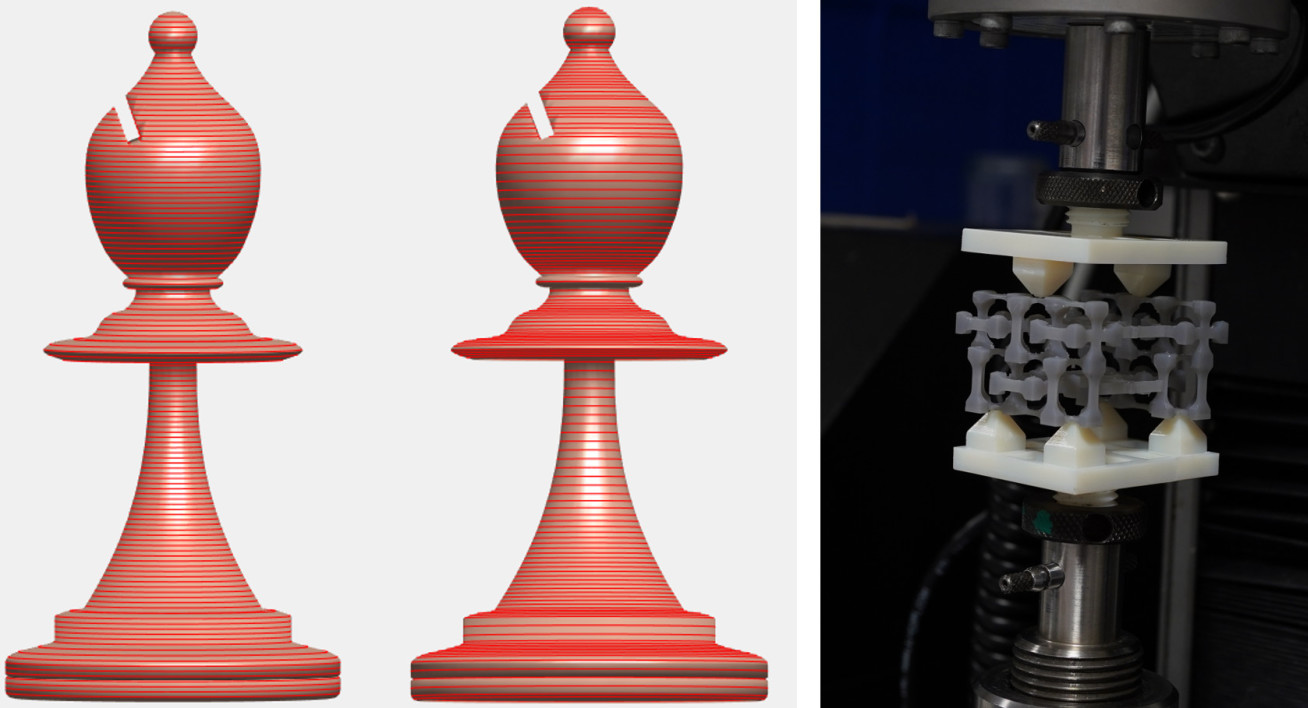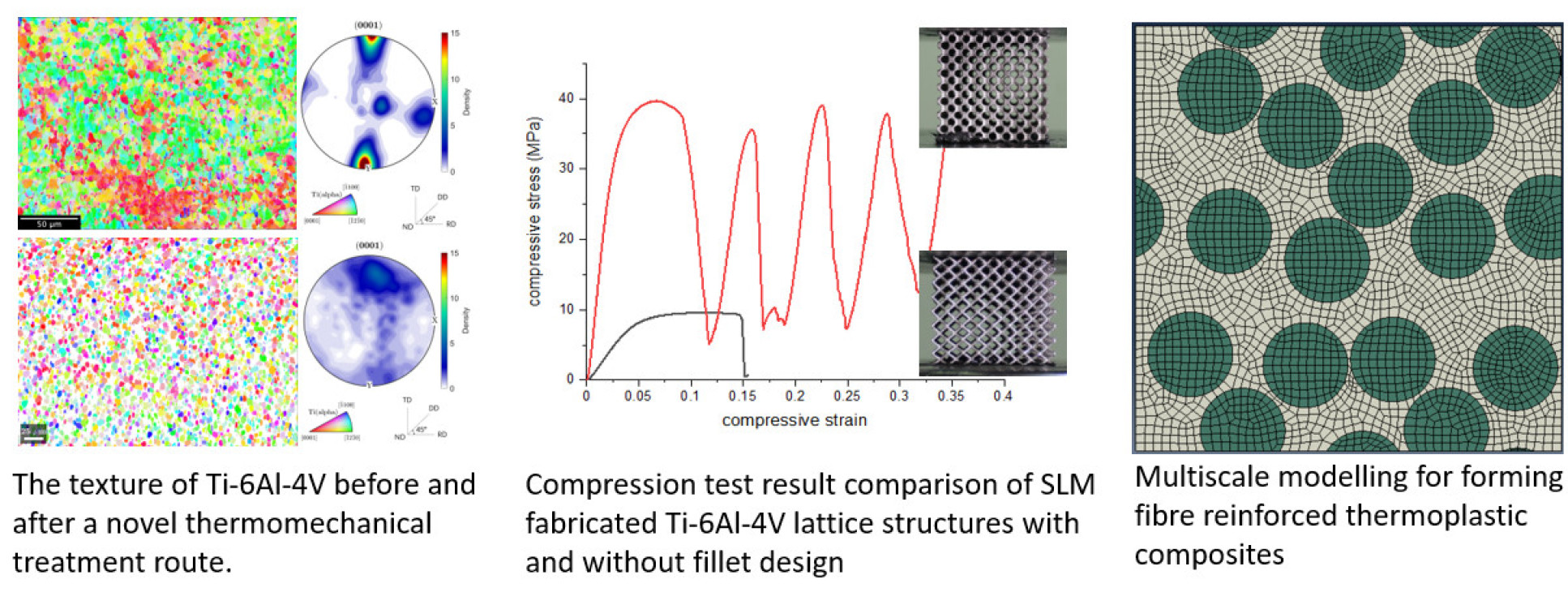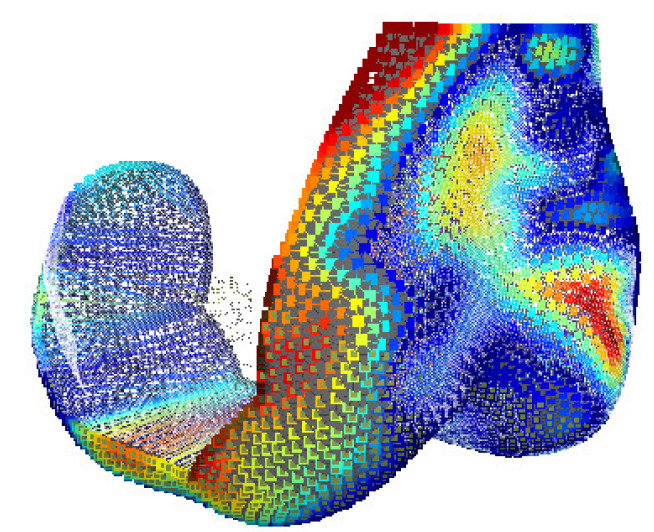Research
The research within the advanced manufacturing group can be broadly split into three main areas:
Additive Manufacturing
By demonstrating practical utility across a range of different industry-spanning applications, additive manufacturing has become an established platform technology for the 3D printing of parts in a host of different settings; from aeronautics and automotive through to dentistry, medicine and surgical models. These successes motivate our research to develop new techniques to leverage additive manufacturing to 3D print new state-of-the-art materials and to tackle long-standing problems in the field. This includes the ability to print multiple materials simultaneously, to fabricate parts containing electronics in-situ, and to manufacture synthetic tissues and substrates that mimic their biological and natural counterparts. To this end we currently have a range of research projects that are dedicated to developing novel 3D printers that leverage different light sources, microfluidic chips and multi-axis platforms, in addition to projects that are harnessing the power of conventional approaches to develop customised PPE in response to the COVID-19 pandemic.

Lightweight Design for Manufacturing
One of the major global challenges facing the transportation industry is to design and manufacture high-performance & lightweight vehicles that are environmentally friendly. Our research addresses real industrial needs, and tackles scientific and technological challenges in materials processing, manufacturing processes, and structural design and optimisation, through fundamental studies based on experimental, analytical, and numerical methodologies. Our main research focuses are: development of innovative, energy efficient manufacturing processes for lightweight structures, with a particular focus on stamp forming high-strength, complex-shaped panel components at elevated temperatures, using a family of lightweight materials including ultra-high strength steels, high strength aluminium alloys, titanium alloys, continuous Fibre Reinforced Thermoplastics, and Fibre Metal Laminates; fundamental research on materials testing and modelling under complicated forming conditions; and Lightweight Design for Manufacturing using cutting-edge modelling and optimisation techniques (e.g. optimisation framework for ultra-light hierarchical structures, Machine Learning empowered design with manufacturability constraints). We have a range of research projects in close collaboration with automotive and aerospace industrial partners.

Parametric Design
Advanced Manufacturing technologies offer great potential for the mass customisation of components, affording for each part to be tailored in function, form and/or aesthetic elements in response to a particular set of design requirements. However, one key drawback is that such alterations to parts typically require laborious manual interventions; either in the design phase by an experienced CAD technician, or postproduction by a highly skilled engineer.
We have several research projects in our group that aim to remove this bottleneck by developing automated design processes that allow for digital models to be built on parametric relationships. Utilizing various input data sources such as anthropometric data (e.g. 3D scans, X-rays, MRI, CT), or CAE simulations, to drive the parametric models, our research aims to show how a bespoke part can be rapidly modelled and sent for manufacture without the need for human intervention. We extend this approach not only to conventional 3D printed models, but also to emerging bioprinting techniques based on micrographs/histological inputs.



